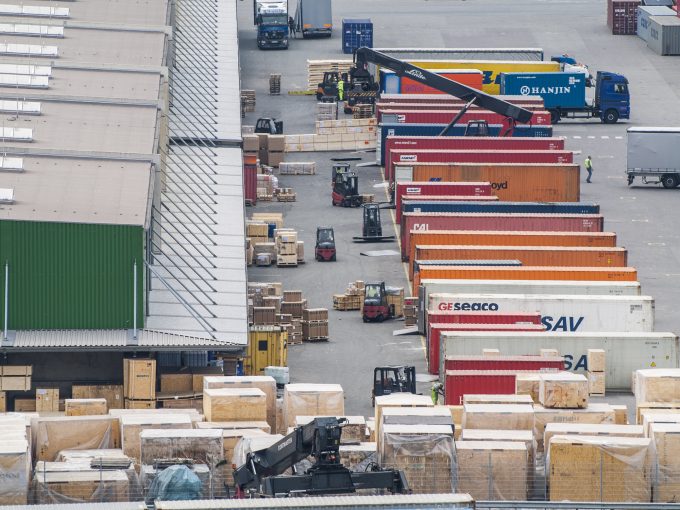'Doomsday scenario' for forwarders just a post-Covid rate drop blip
The “disappointing results” in Transport Intelligence’s (Ti) Global Freight Forwarding Market Report are a consequence of ...
TFII: SOLID AS USUALMAERSK: WEAKENINGF: FALLING OFF A CLIFFAAPL: 'BOTTLENECK IN MAINLAND CHINA'AAPL: CHINA TRENDSDHL: GROWTH CAPEXR: ANOTHER SOLID DELIVERYMFT: HERE COMES THE FALLDSV: LOOK AT SCHENKER PERFORMANCEUPS: A WAVE OF DOWNGRADES DSV: BARGAIN BINKNX: EARNINGS OUTODFL: RISING AND FALLING AND THEN RISING
TFII: SOLID AS USUALMAERSK: WEAKENINGF: FALLING OFF A CLIFFAAPL: 'BOTTLENECK IN MAINLAND CHINA'AAPL: CHINA TRENDSDHL: GROWTH CAPEXR: ANOTHER SOLID DELIVERYMFT: HERE COMES THE FALLDSV: LOOK AT SCHENKER PERFORMANCEUPS: A WAVE OF DOWNGRADES DSV: BARGAIN BINKNX: EARNINGS OUTODFL: RISING AND FALLING AND THEN RISING

As freight forwarders gathered in a plush London hotel yesterday, the talk at the London Freight Club annual bash was that soaring rates had pushed NVOCCs to make certain that containers were full.
In the past NVOCCs and freight forwarders would push out containers sometimes only half full, as the cost of freight was so low that the impact was minimal. However, with freight rates now hitting unparalleled levels, those days are over.
“We can’t afford to send out boxes with just a half or part load any more,” confided one forwarder. “In the past if you needed to get freight out of the door you might not fill the container so that you could make sure your customer’s cargo arrived on time,” he said.
Now though with less than a full container load (LCL) freight rates having risen in line with full container charges, from about $50 per cubic metre to between $300-350 per cubic metre, it’s critical to fill boxes to make sure all the costs are covered.
Nevertheless, forwarders at the freight club were candid about their incomes as a result of the booming market. One told The Loadstar, “My income has increased by 700-800% over the last 18 months, and that’s on around 15% less cargo overall.”
Rates in the NVOCC and freight forwarder market are effectively controlled by the asset owners, in this case the shipping lines, so the forwarders are watching the market, searching for signs of change.
In particular they want to see how the shipping lines react to any fall in the levels of demand, whether they will maintain rates at a profitable level, or revert to type and battle each other for market share in a race to the bottom.
“If rates return to the pre-pandemic levels I will close the business, but rates are high. For the first time people were beginning to realise what the forwarding industry does.”
Comment on this article